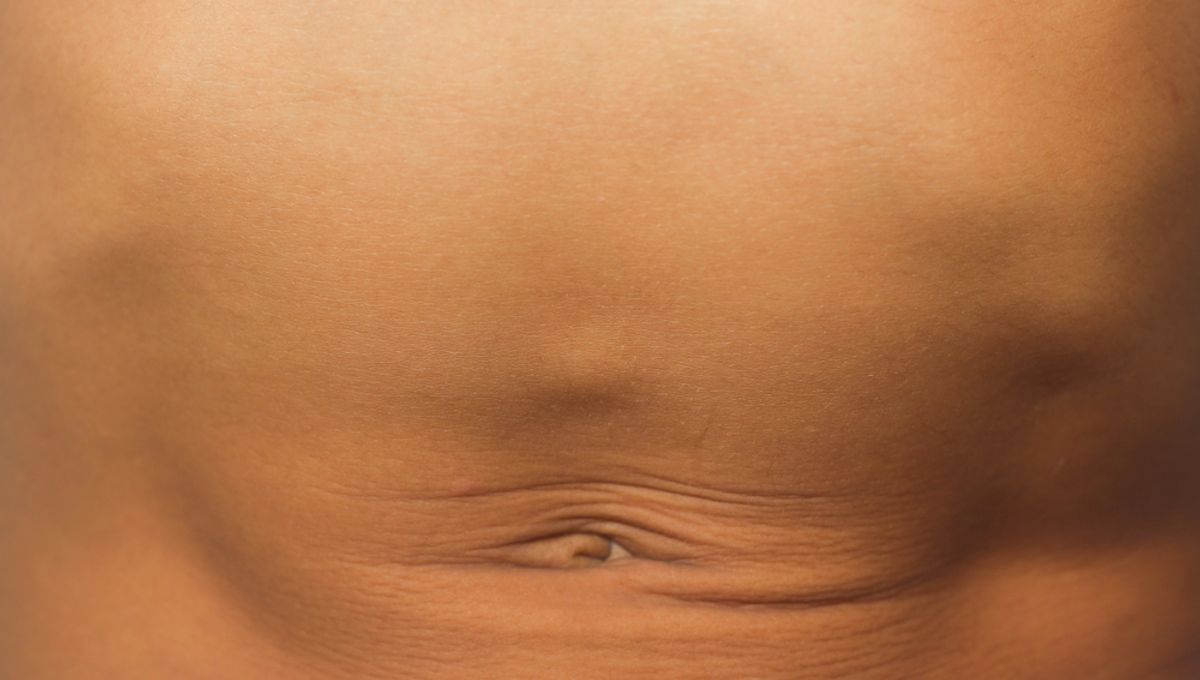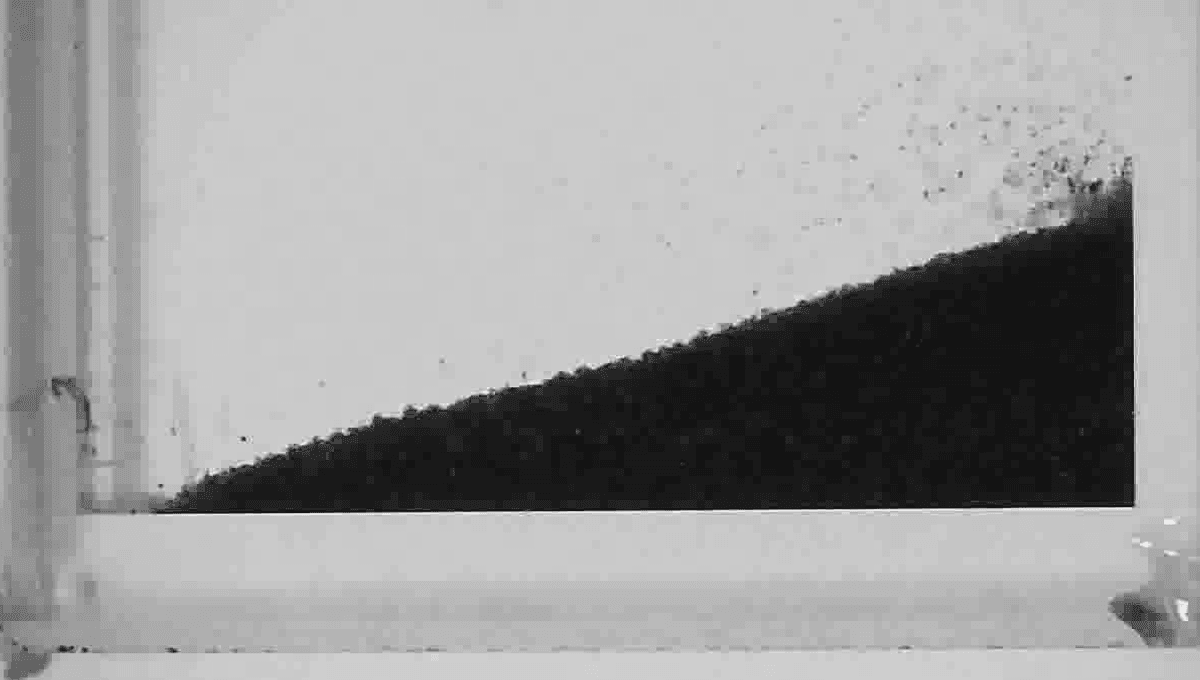Discovering the Epigastric Hernia: What You Need to Know
Have you ever wondered what happens when an internal part of your body, like the intestine, decides to venture where it shouldn’t? Well, that’s when an epigastric hernia occurs. It’s like a little rebel breaking through a weakened part of the muscle or tissue wall, creating a visible bump that can’t be ignored.
If you’re unfamiliar with epigastric hernias, they happen when fatty tissue decides to make its grand entrance through a weakened or improperly formed area of the abdominal wall. Usually found between the belly button and the breastbone, these hernias are small but mighty. You might only notice them during activities that put strain on your abdomen, like a good laugh or a hearty cough.
Are There Any Symptoms?
Interestingly, most epigastric hernias are masters of disguise, lurking silently without causing any symptoms. It’s like they’re playing hide and seek with your health. However, they might reveal themselves during a doctor’s visit or when you undergo tests like CT scans for unrelated reasons.
But wait, there’s more! On rare occasions, these sneaky hernias can cause pain ranging from mild to severe. This pain is a red flag that the fatty tissue poking through the abdominal wall is in trouble. It’s like a stranglehold on the blood and oxygen supply to the tissue.
Can They Be Treated?
When it comes to treating epigastric hernias, there are three options to consider. The severity and location of the hernia, your overall health, and your level of physical activity will determine the best course of action.
If the hernia isn’t causing any pain, doctors might choose to simply observe it over time. They’ll keep an eye on its size and use imaging tests like ultrasounds or CT scans to monitor its progress.
However, if the pain becomes unbearable, surgery is on the table. It can be a planned procedure or an emergency intervention if the hernia becomes stuck or strangled. During surgery, doctors make an incision in the abdomen, gently push the rebellious fatty tissue back into place, and close the hole in the abdominal wall using stitches or a combination of stitches and plastic mesh.
What Causes Epigastric Hernias?
Epigastric hernias are like mischievous little troublemakers that can appear at any age. While their exact cause remains a mystery, certain factors increase the risk of developing one.
Engaging in heavy lifting or strenuous activities can be a contributing factor for any hernia. In adults, being overweight or having been pregnant before are the primary risk factors for epigastric hernias. These factors put extra strain on the abdominal wall, causing existing openings to expand over time.
Rest assured, all the information in this article has been confirmed by our trusty fact checkers. However, please note that the text, images, and links may be updated to keep the information current.
Remember, this article is not a substitute for professional medical advice, diagnosis, or treatment. Always consult qualified health providers for any medical concerns you may have.








